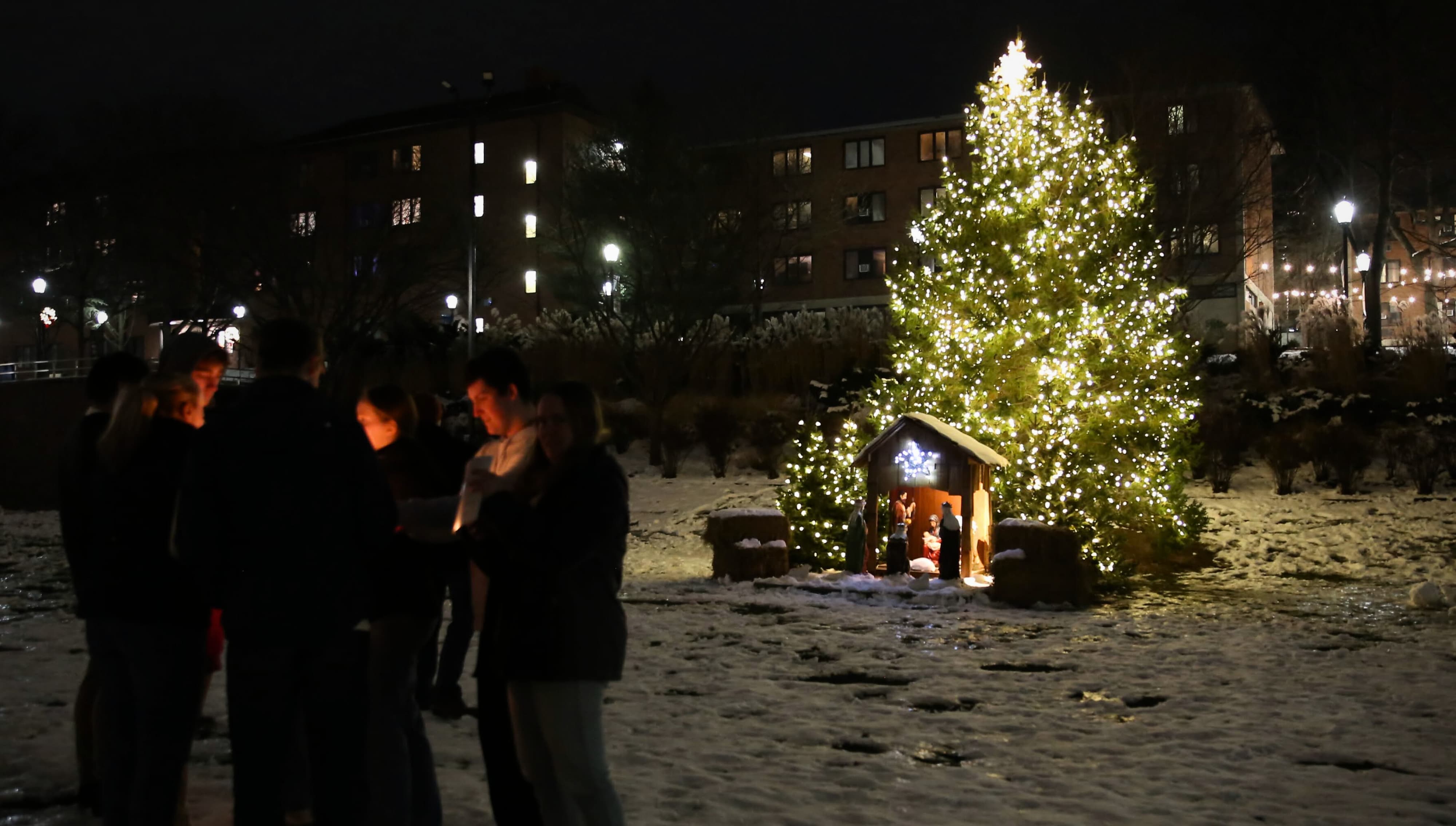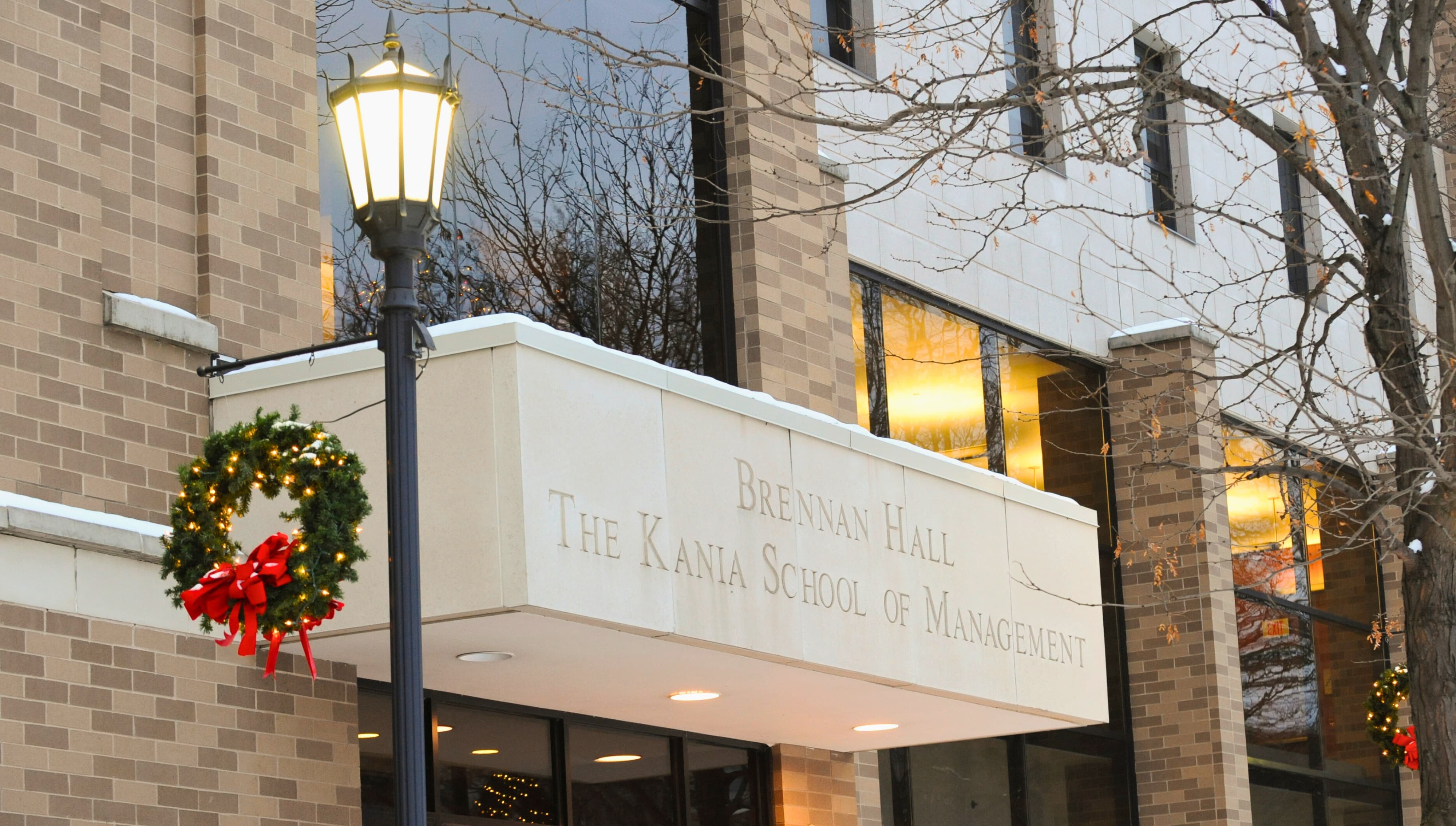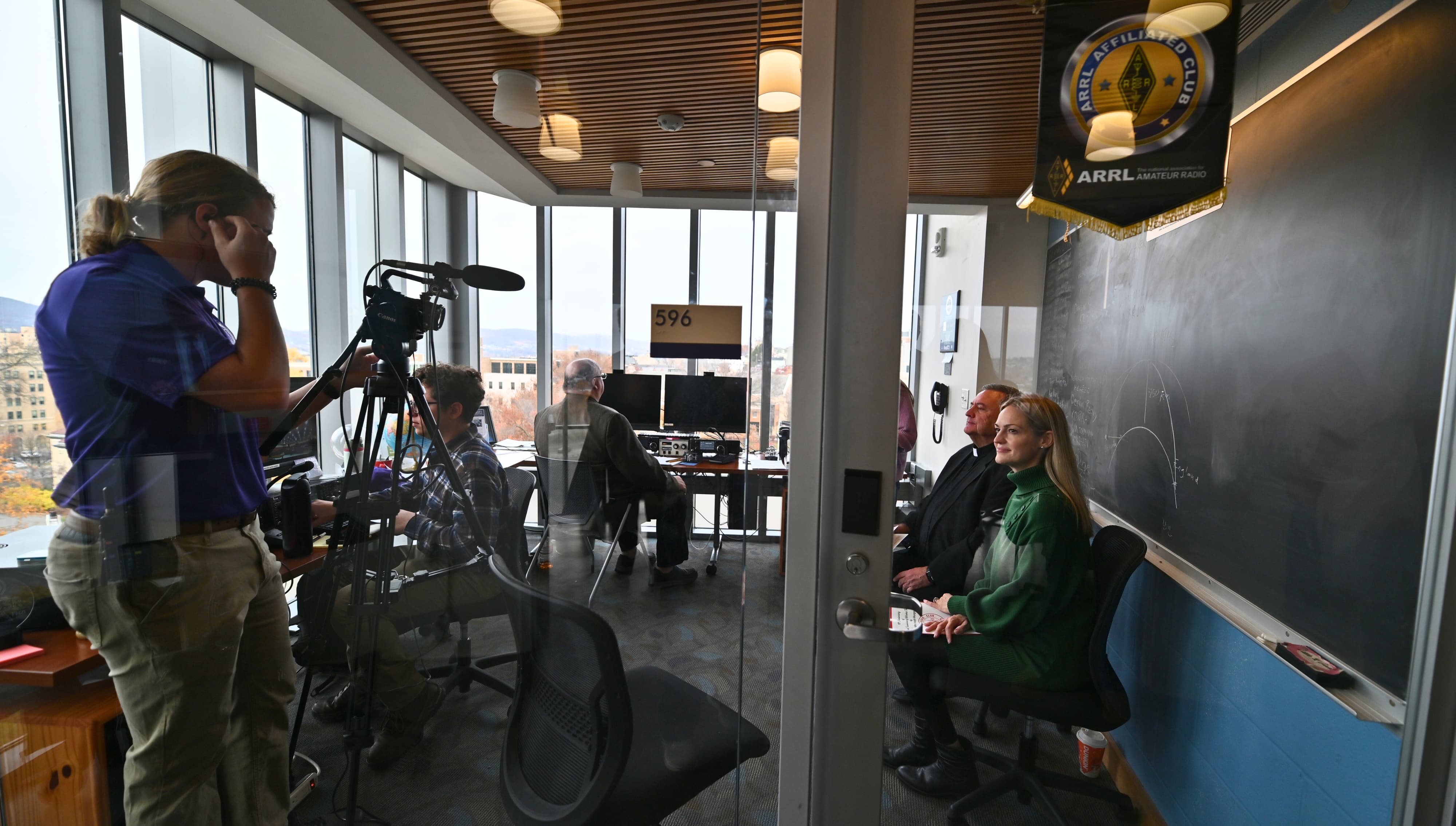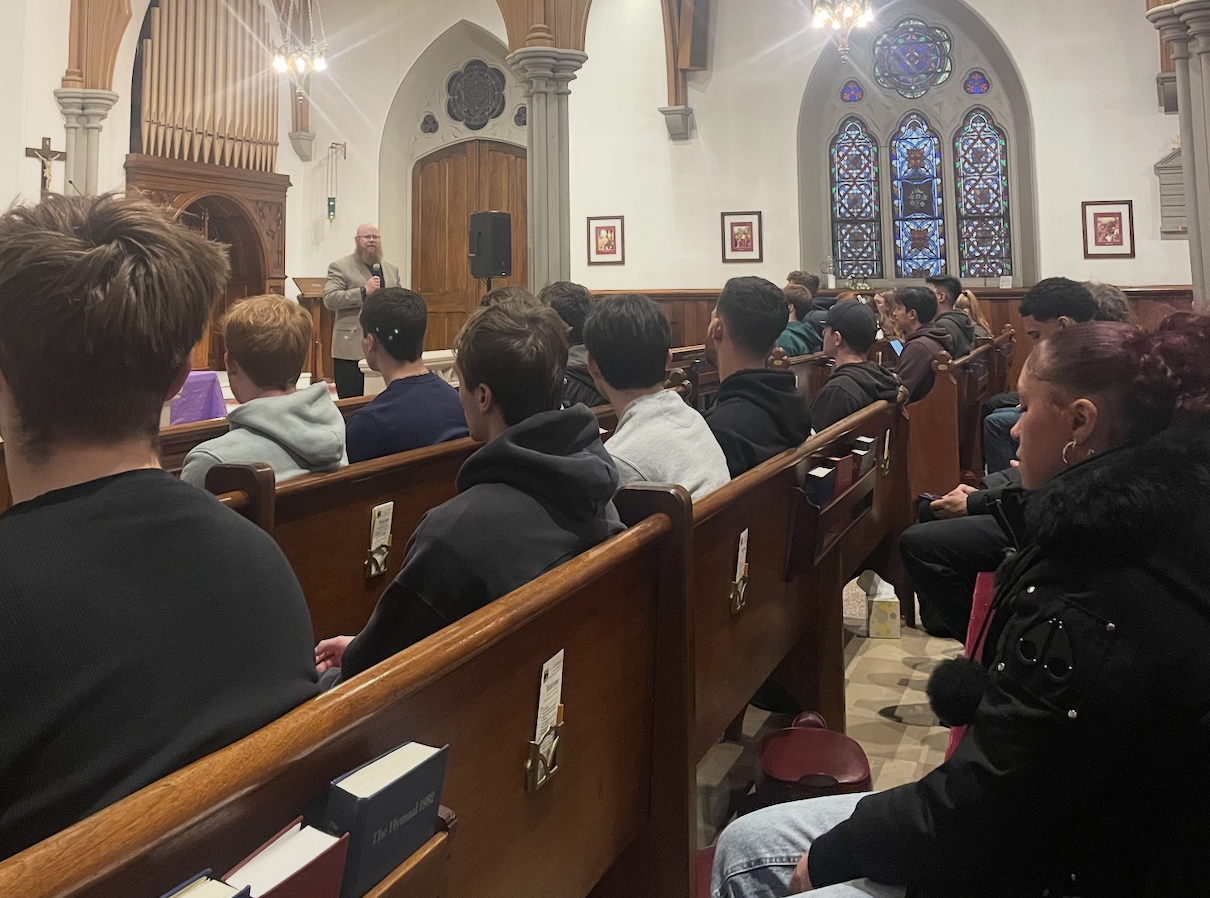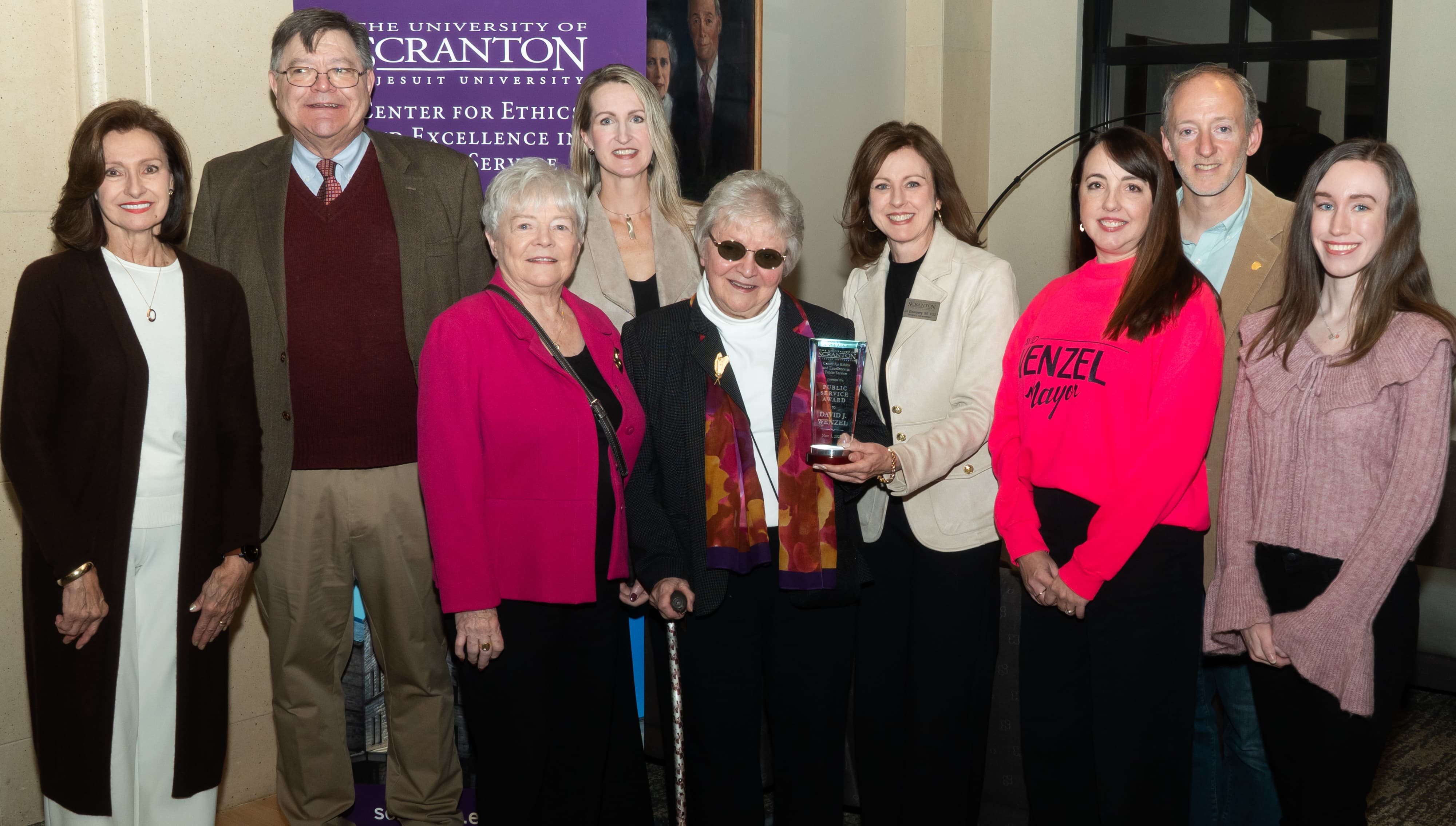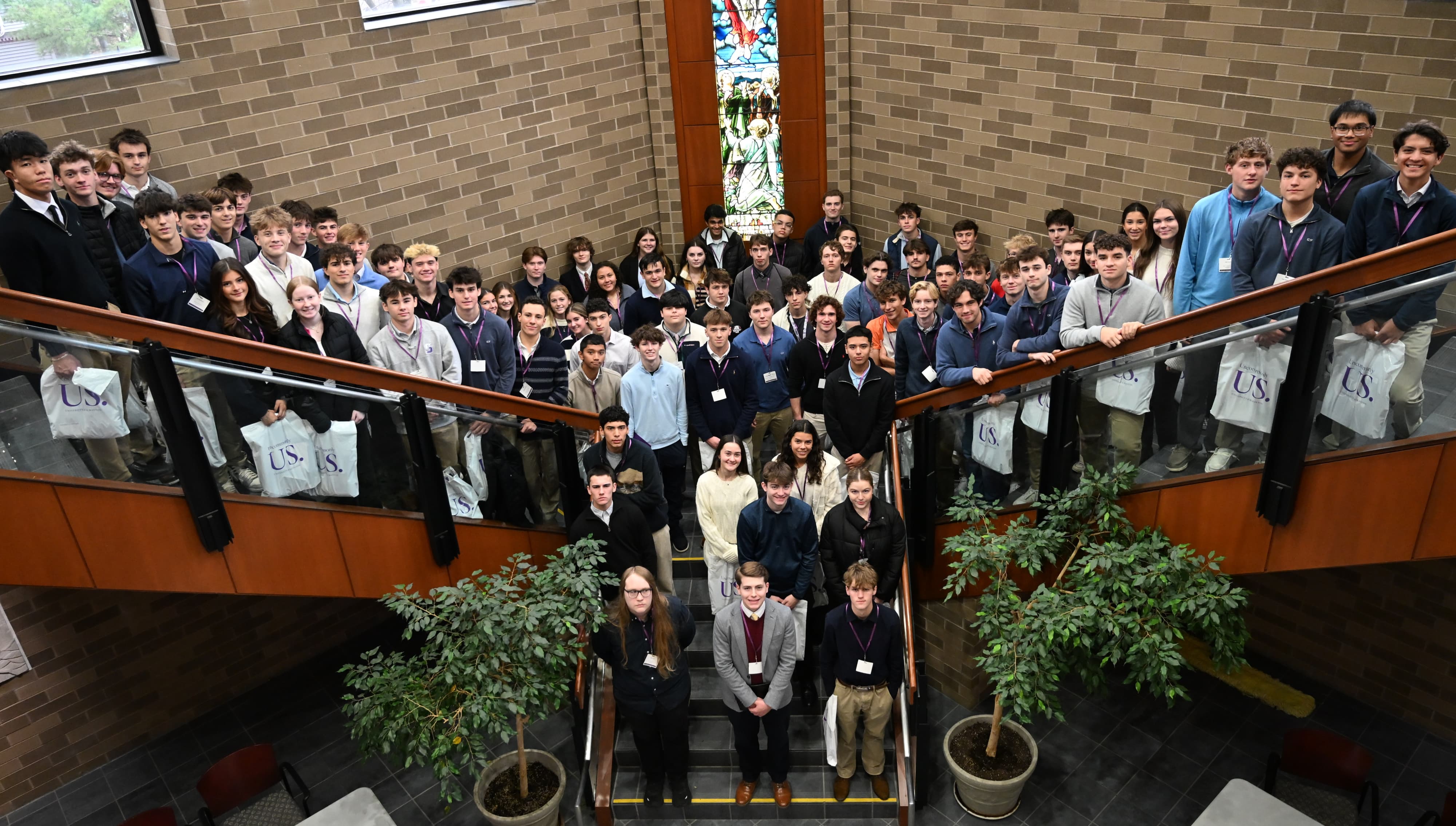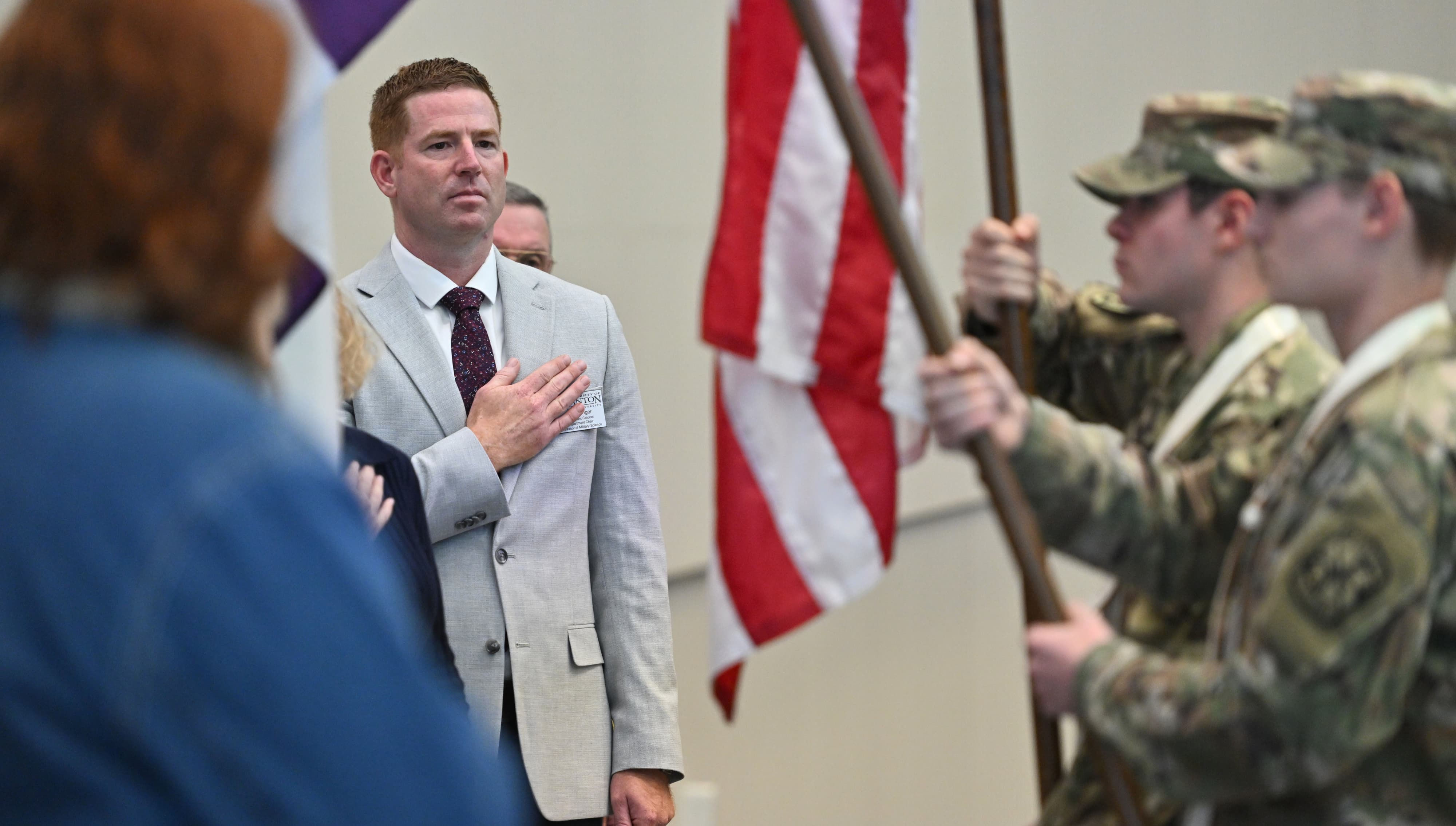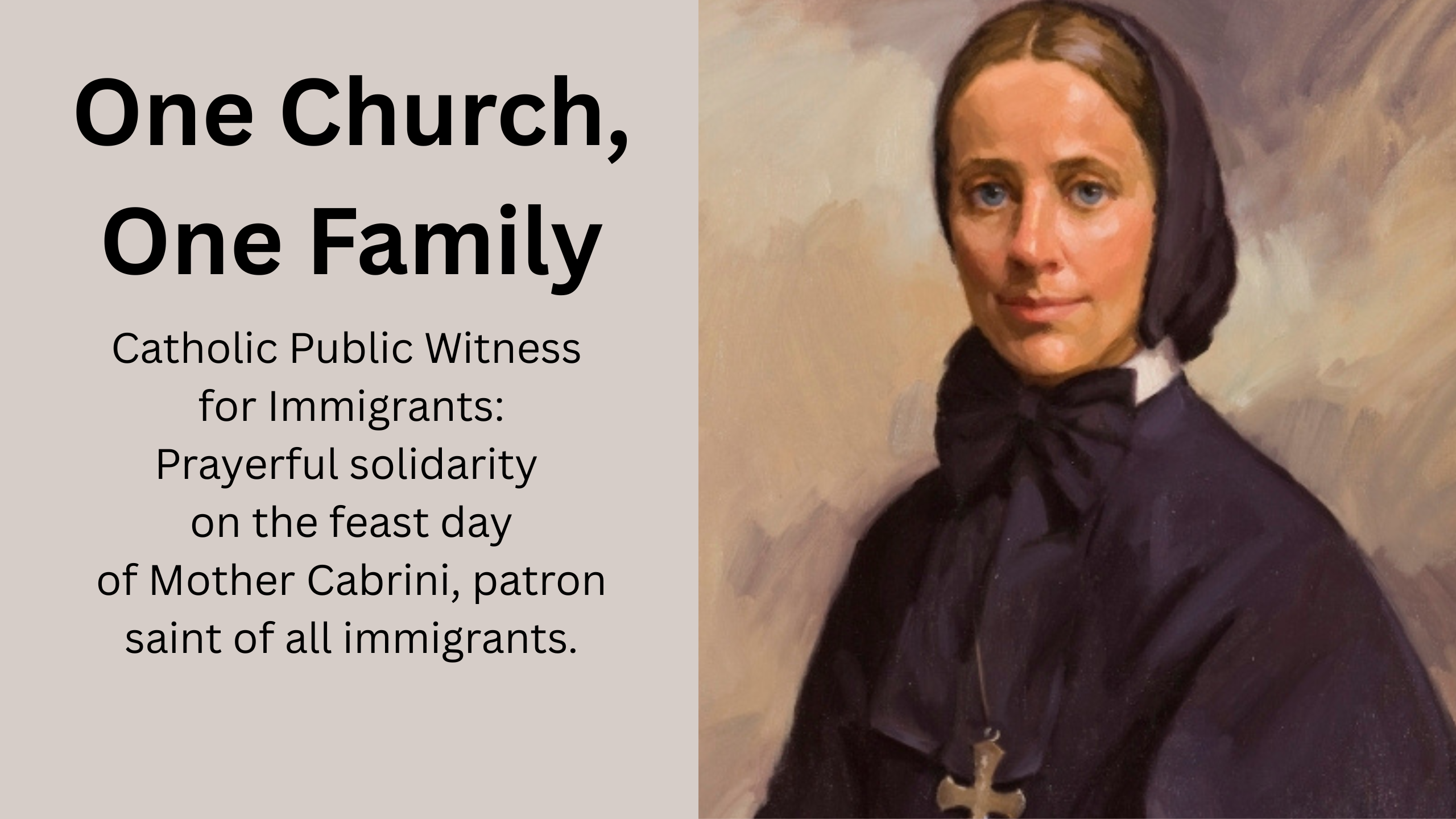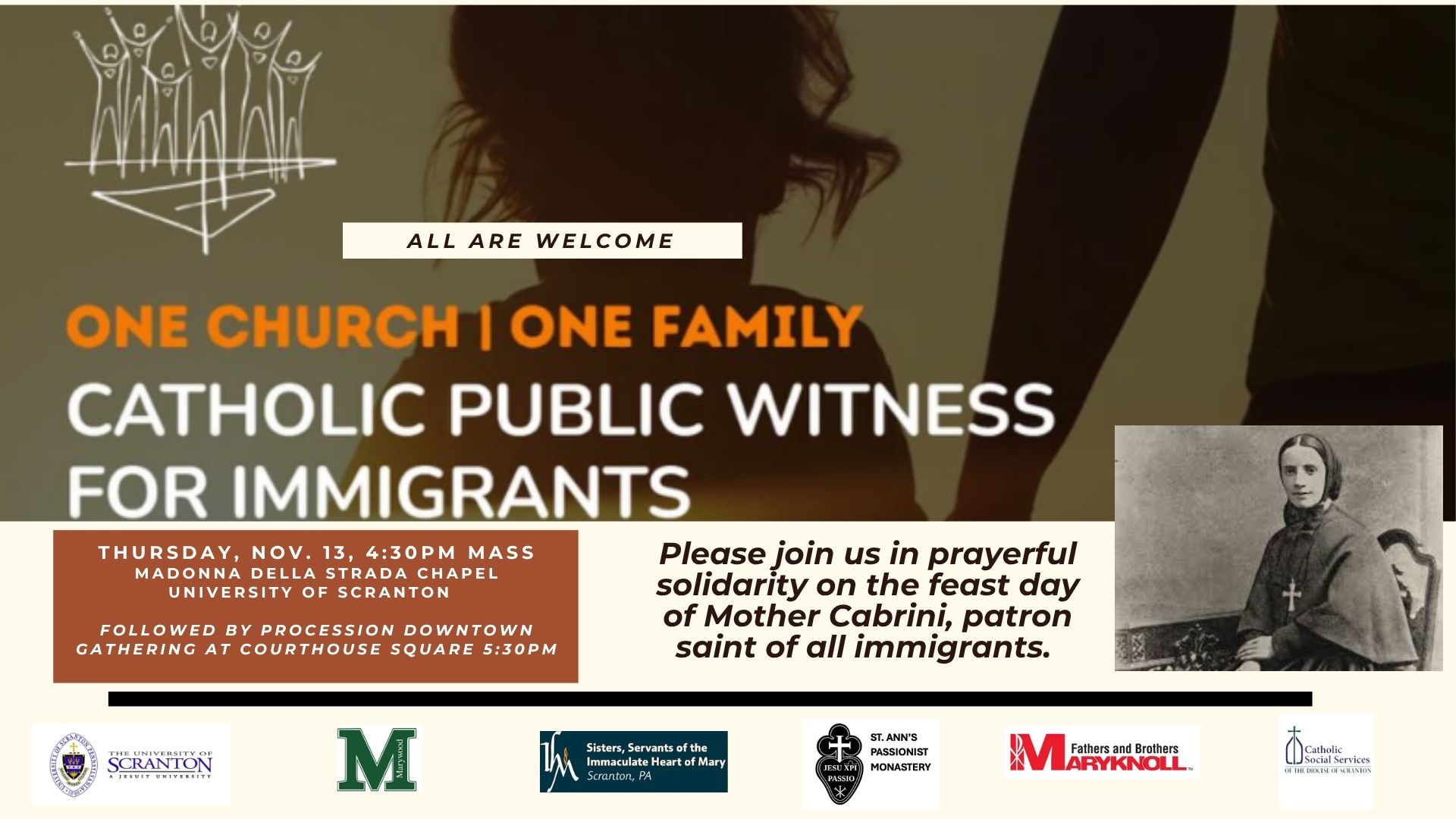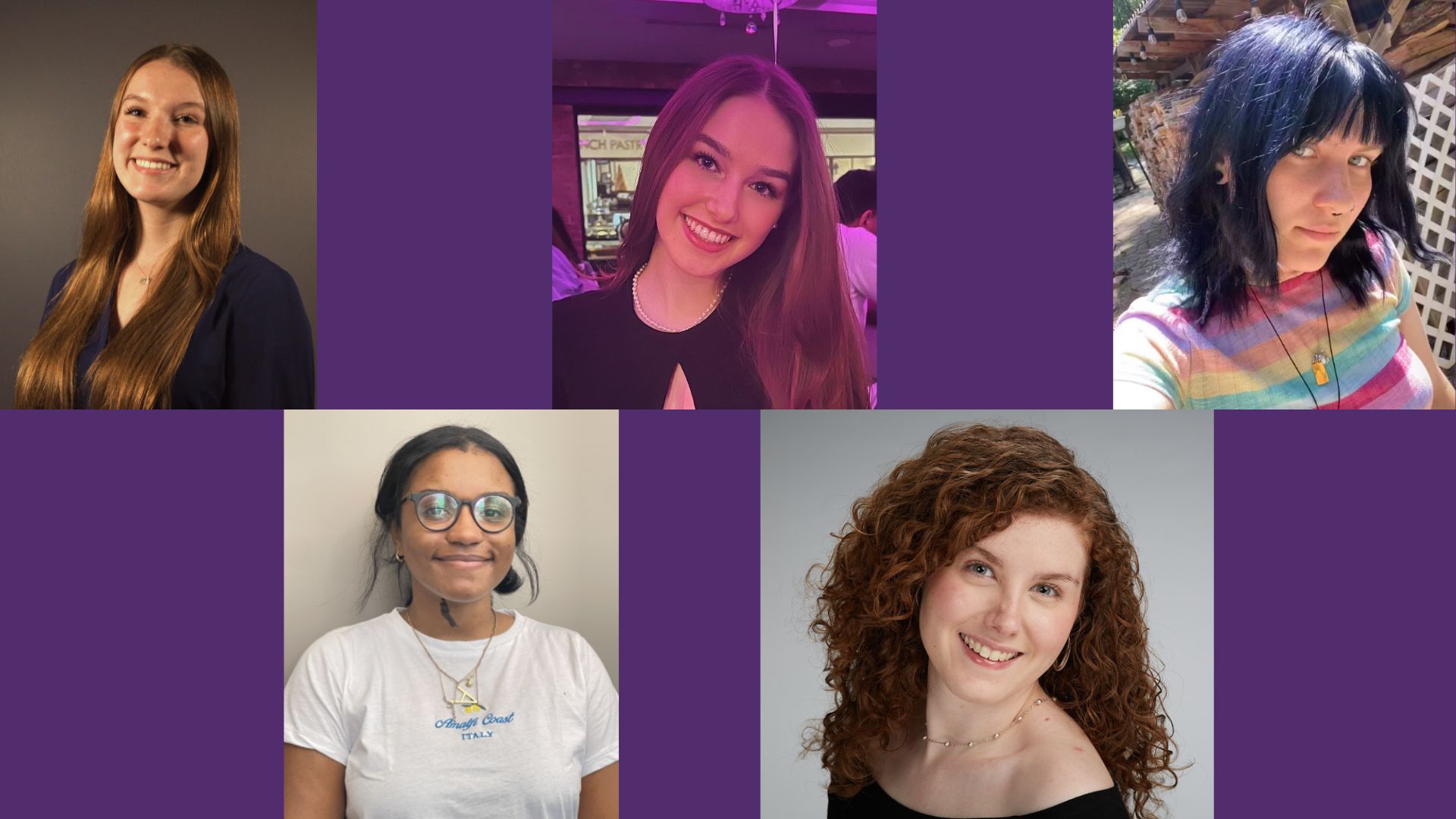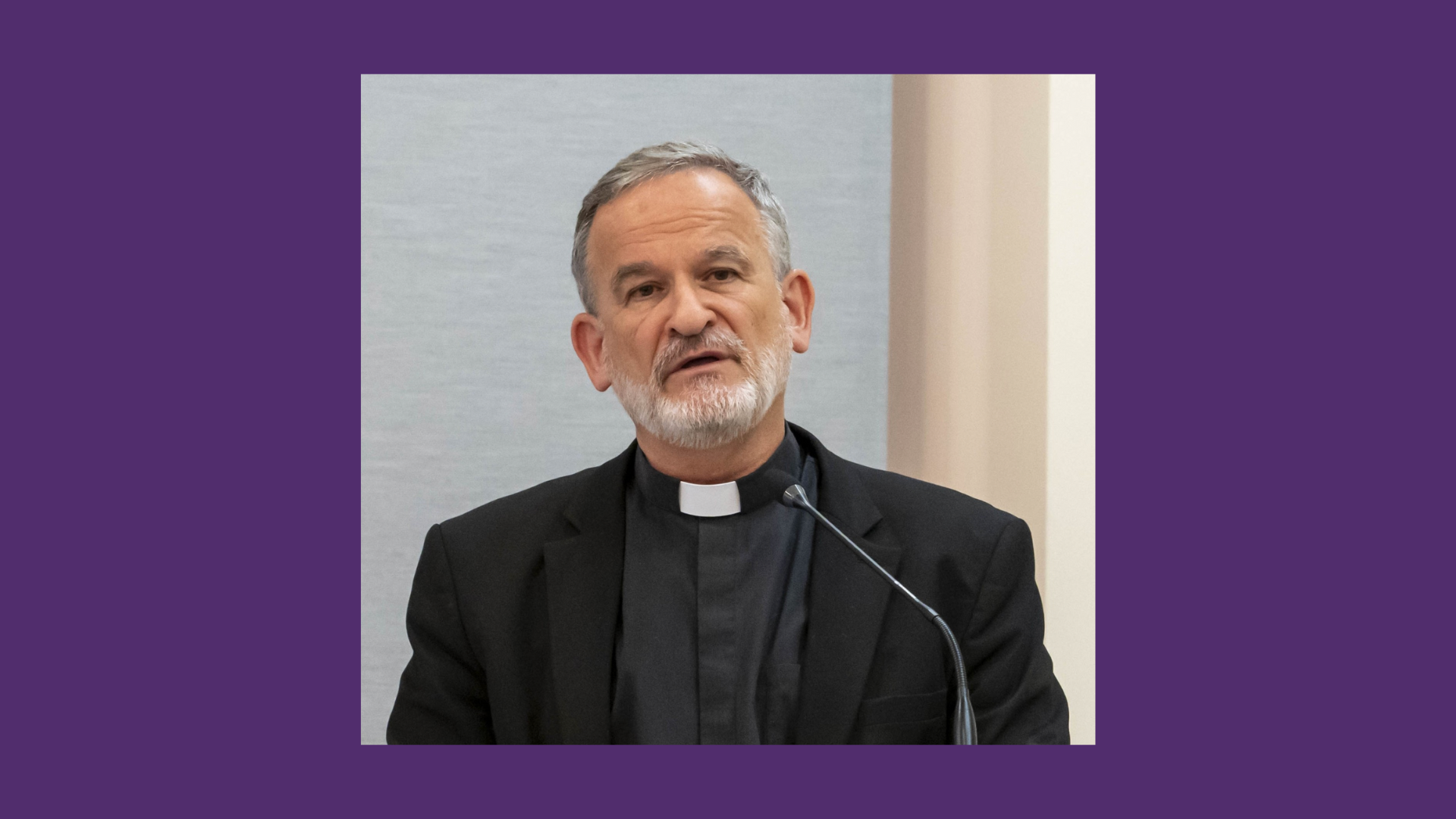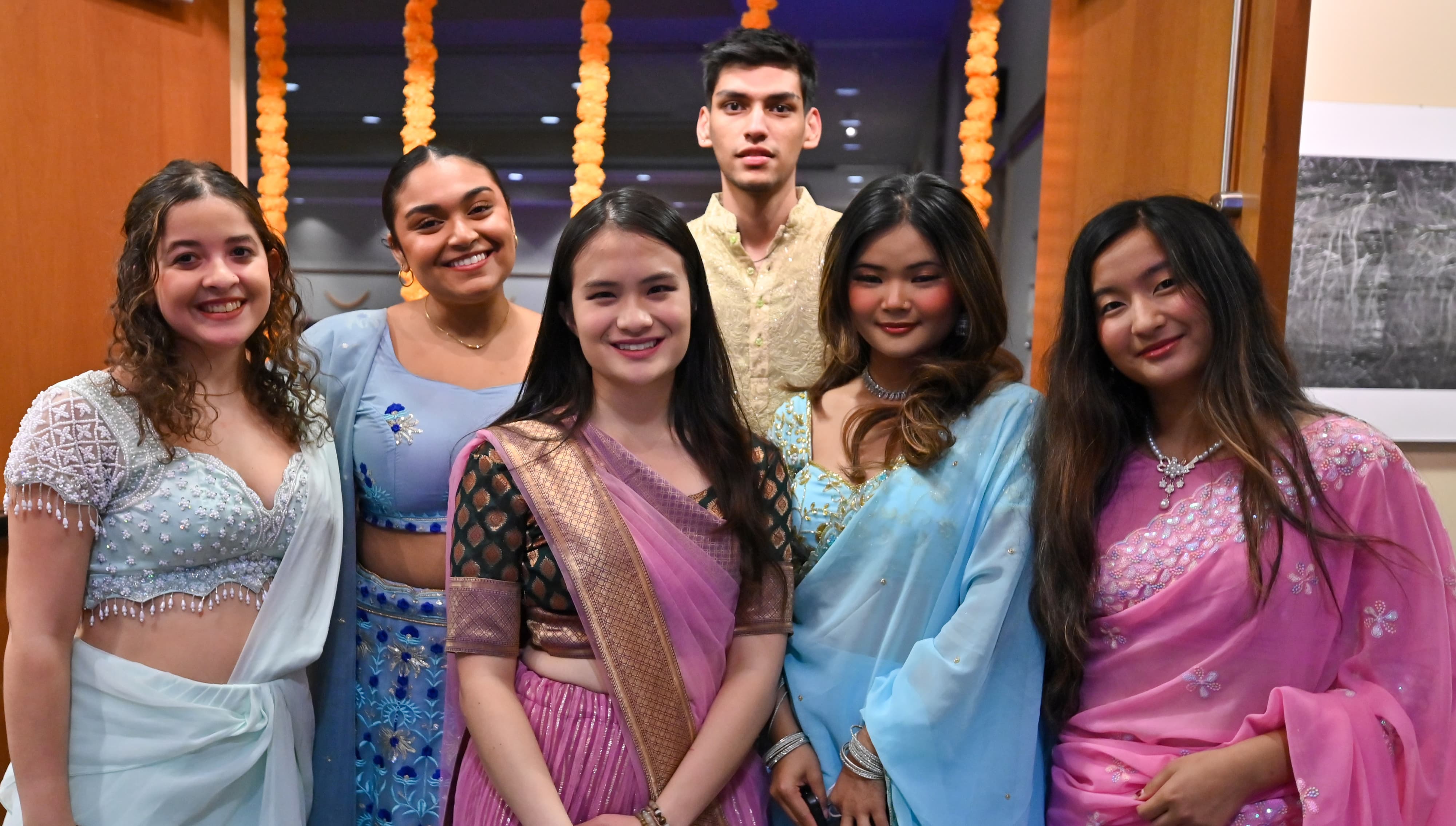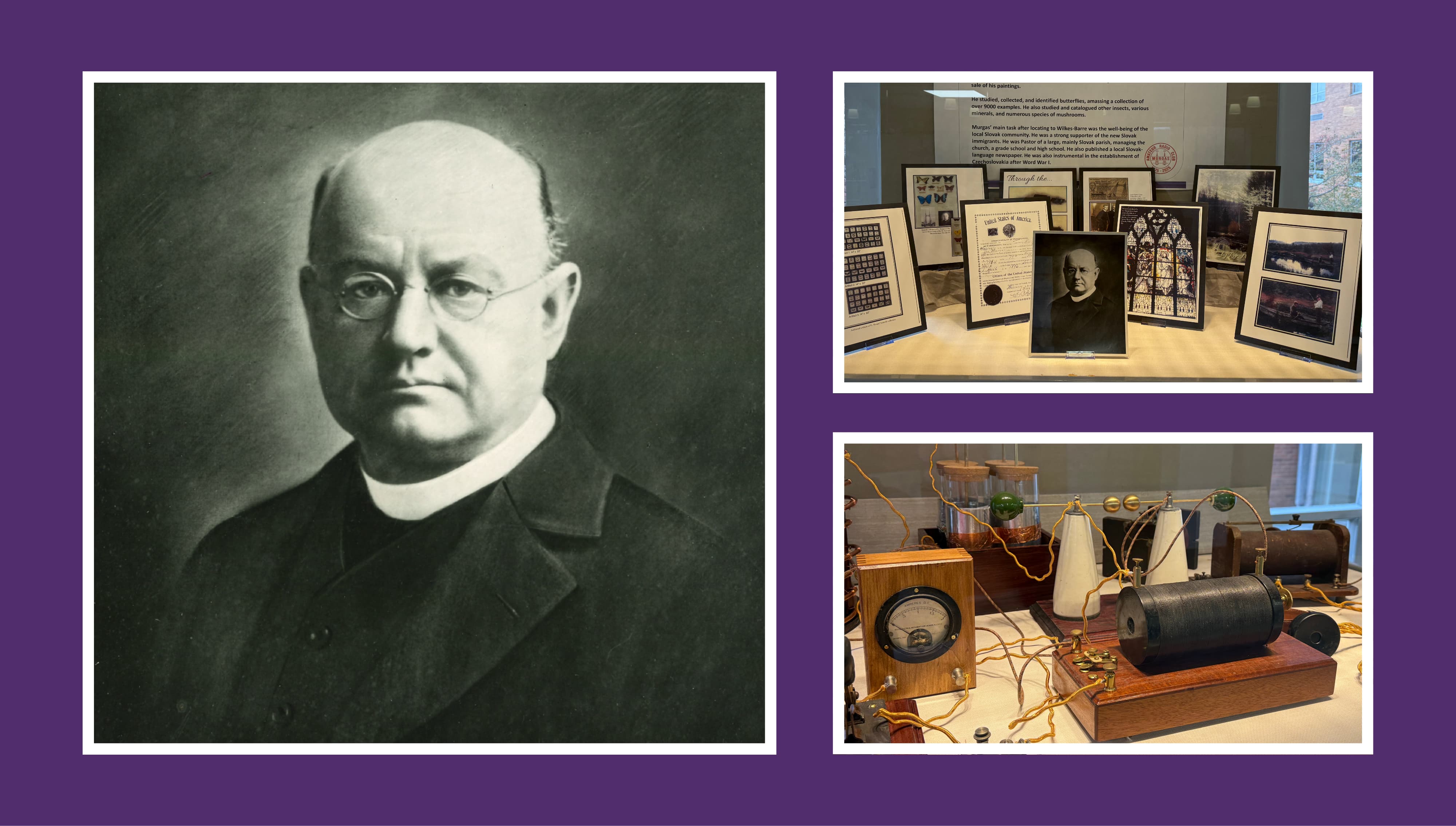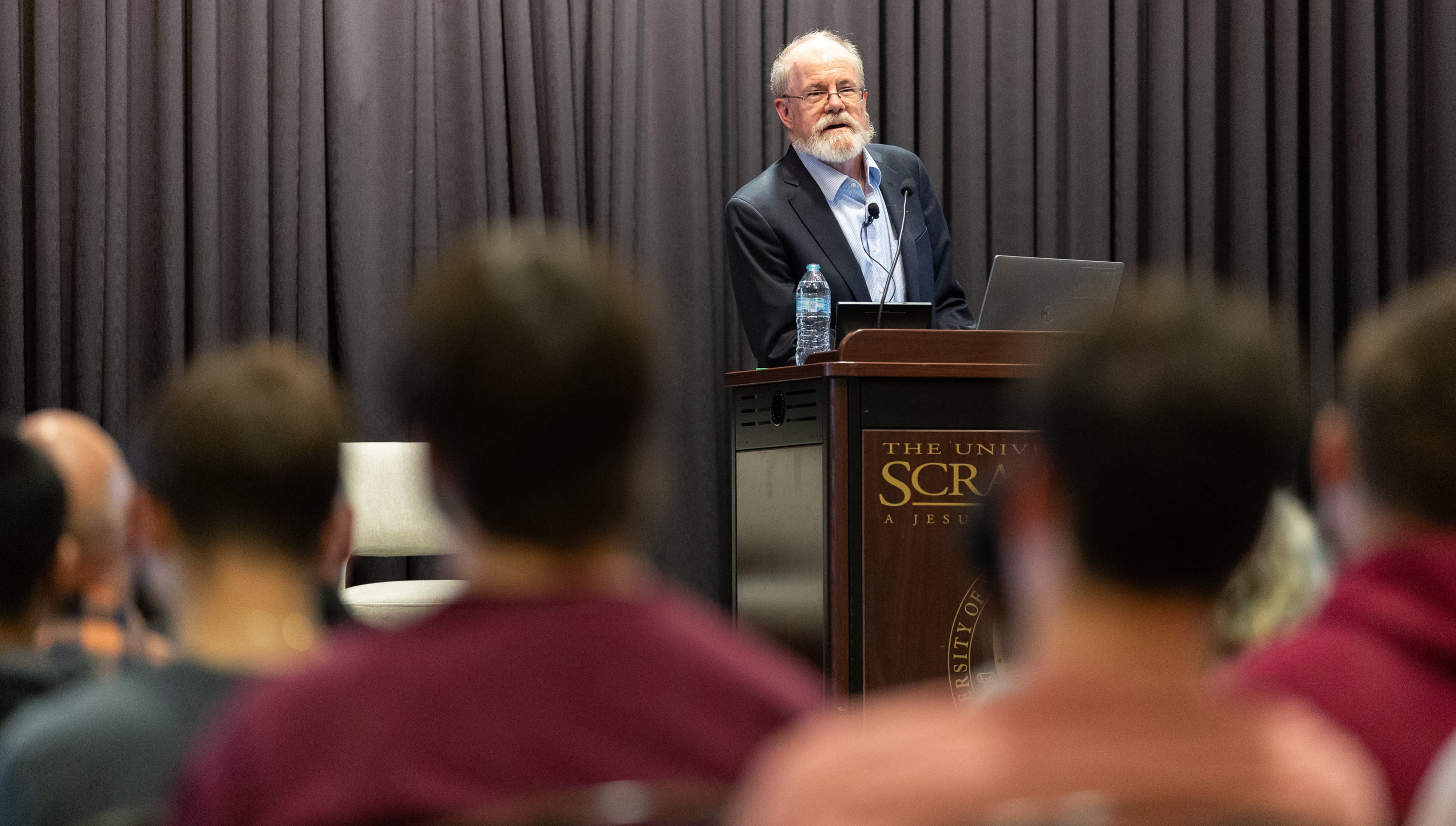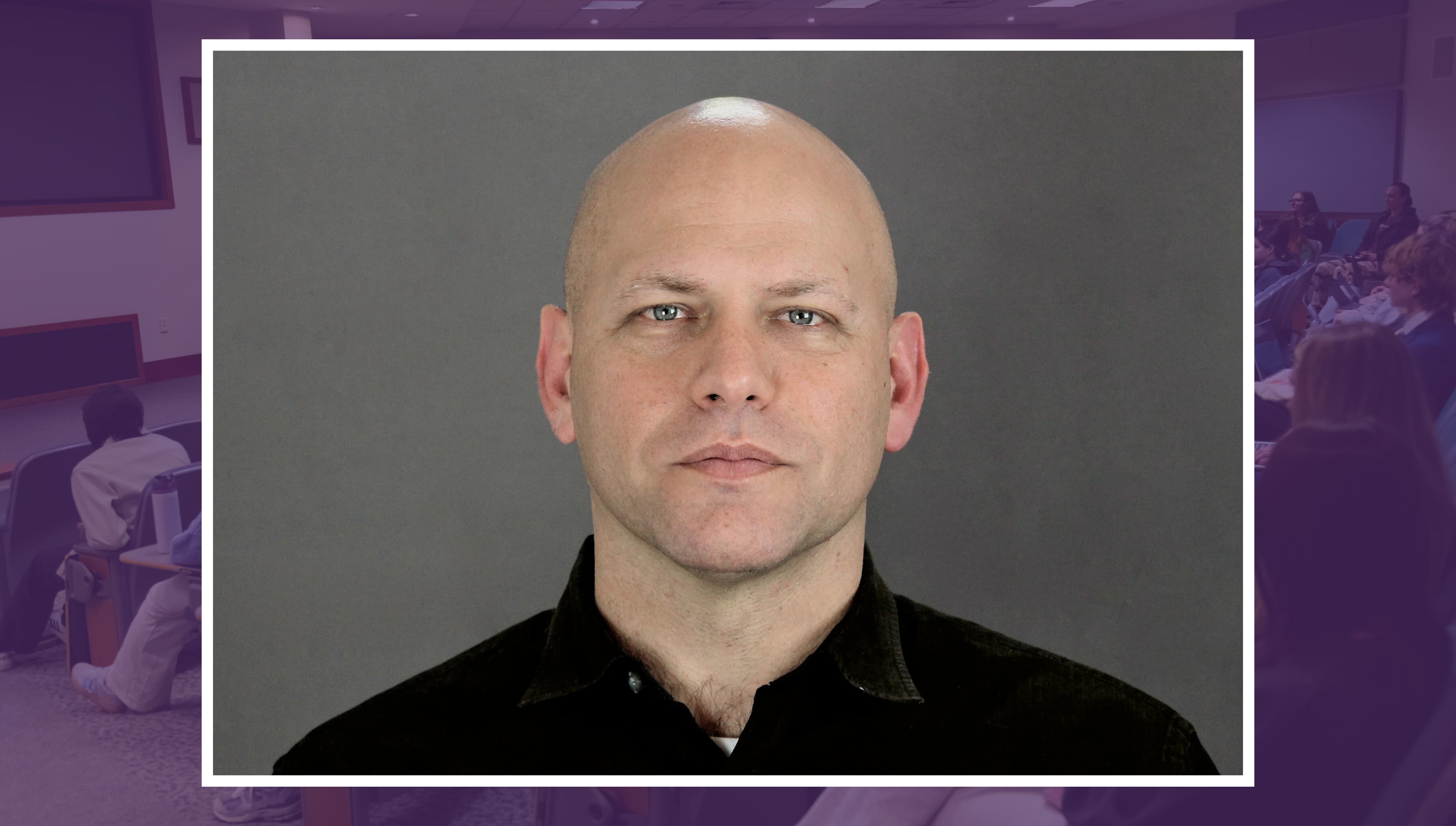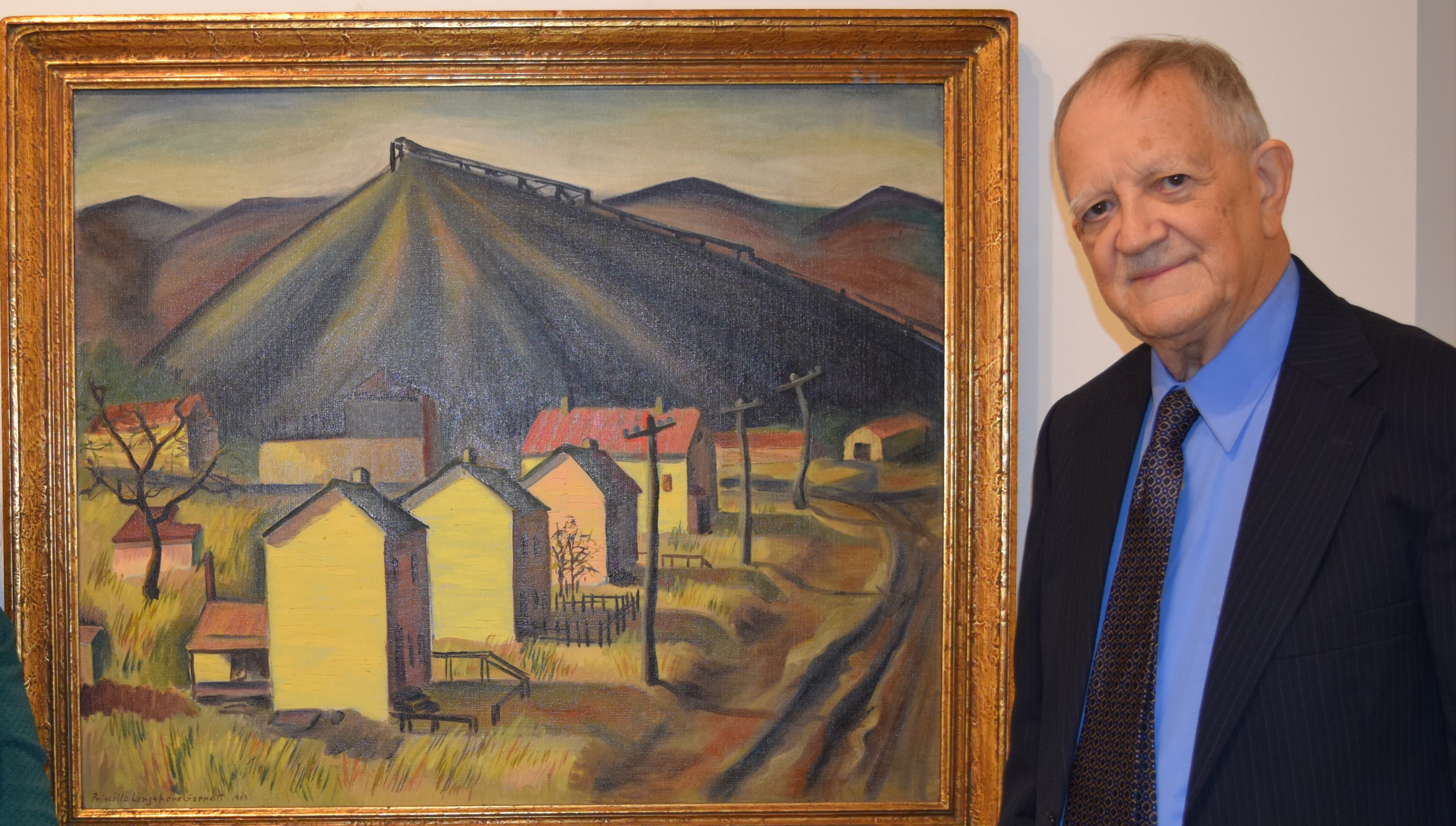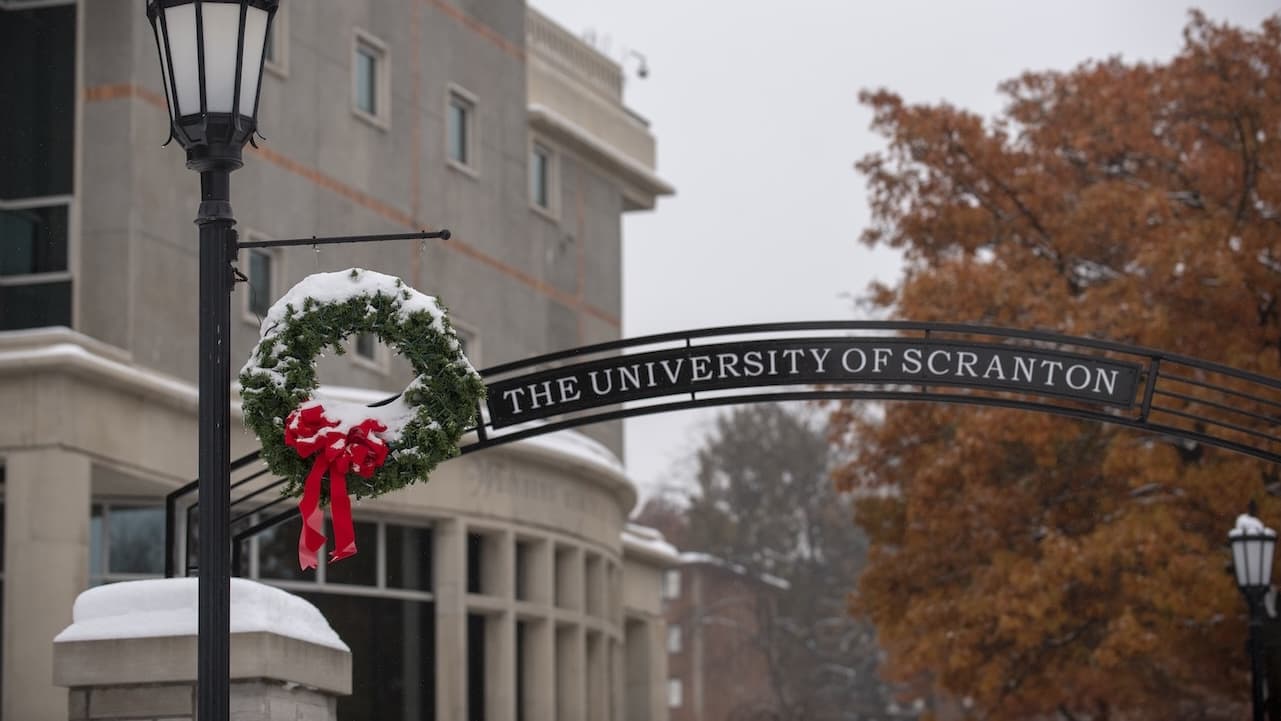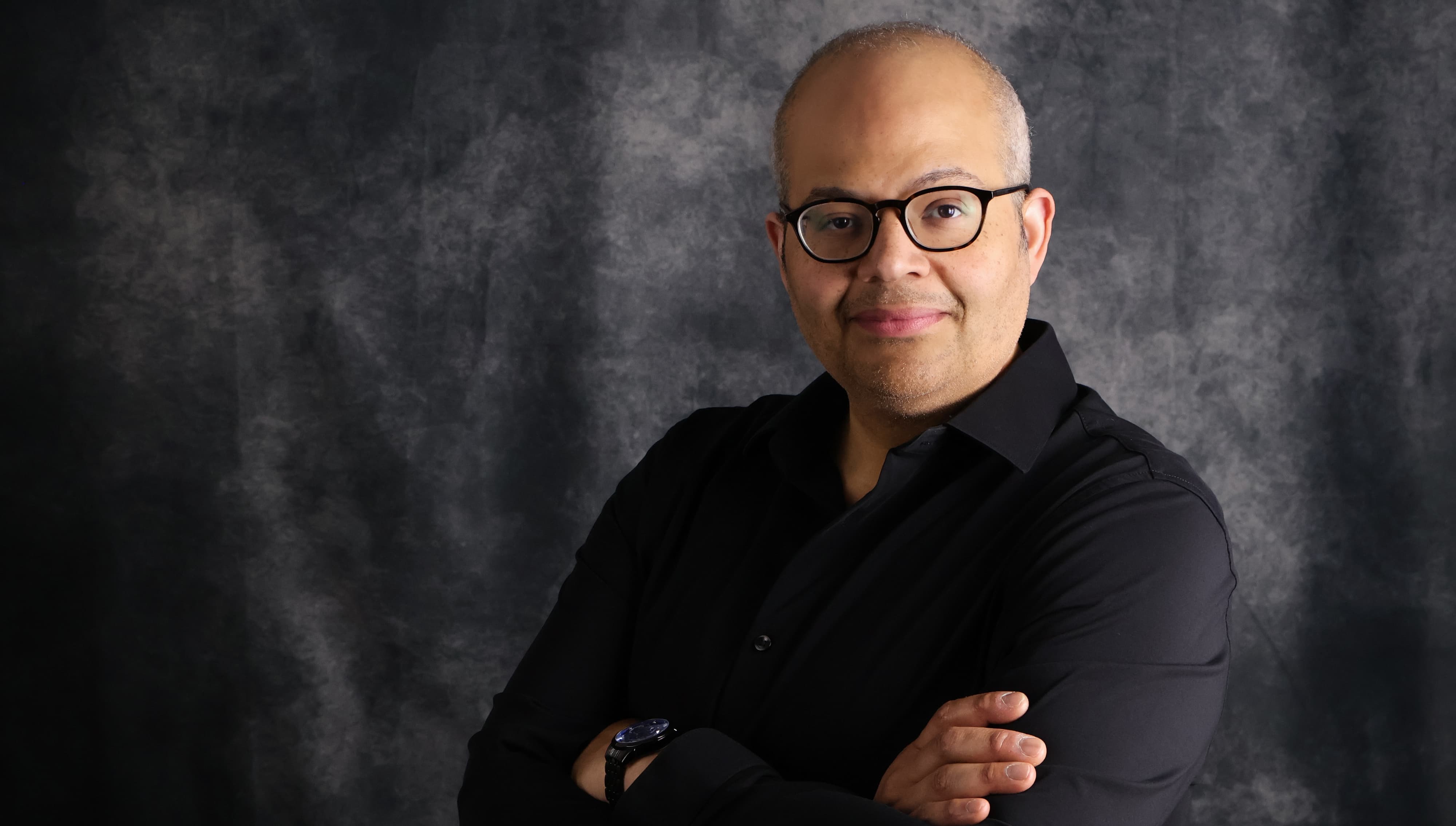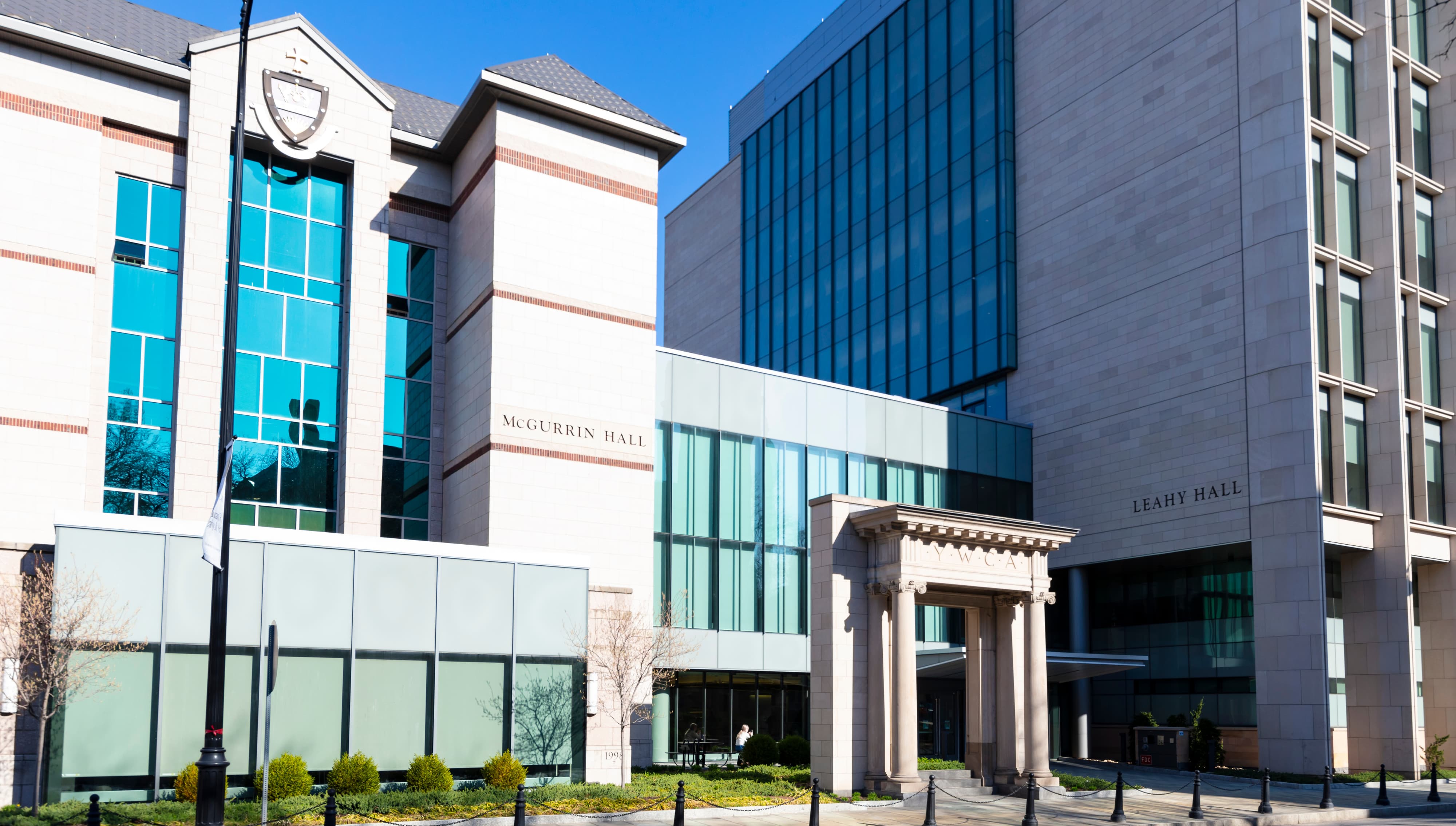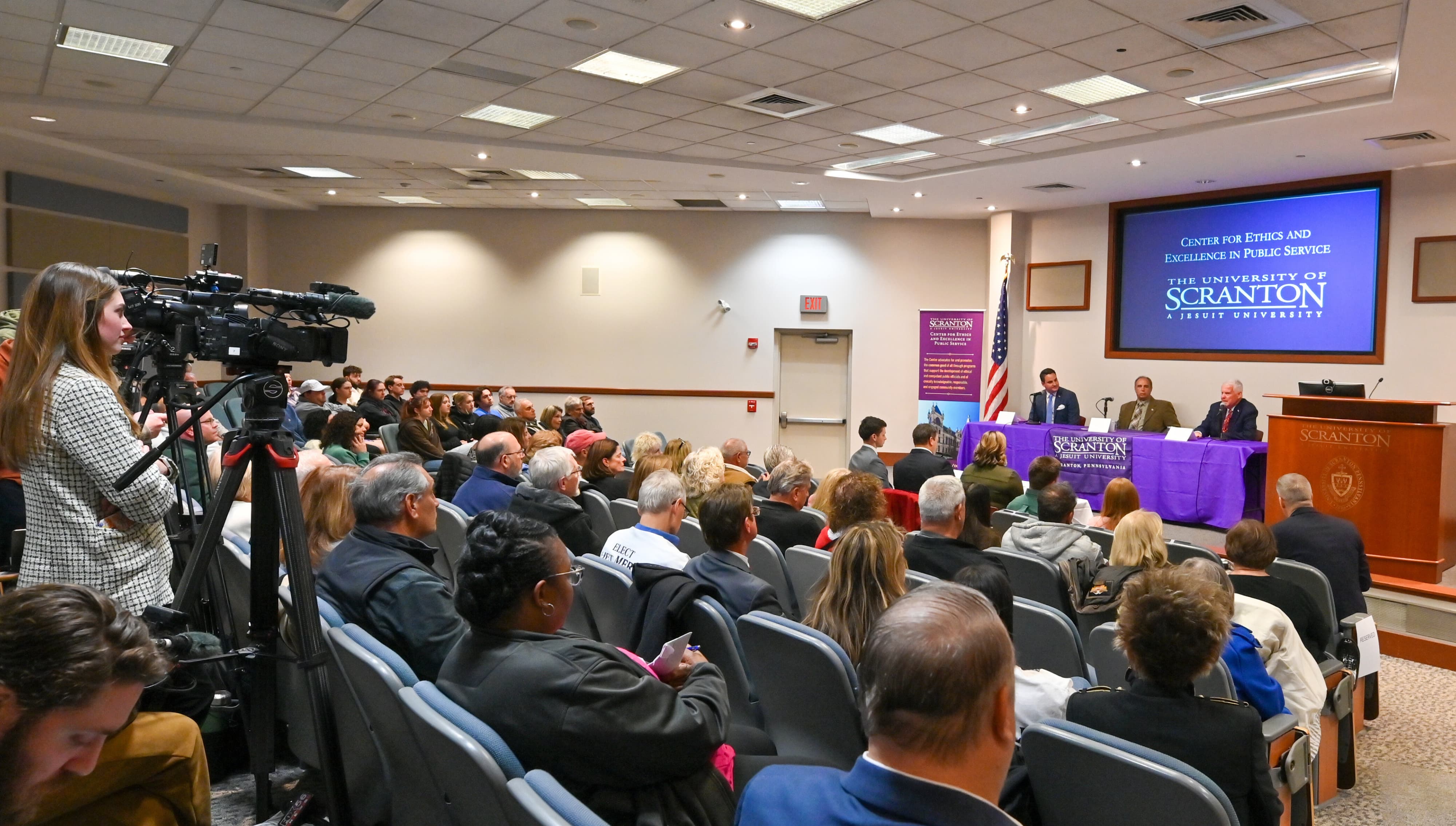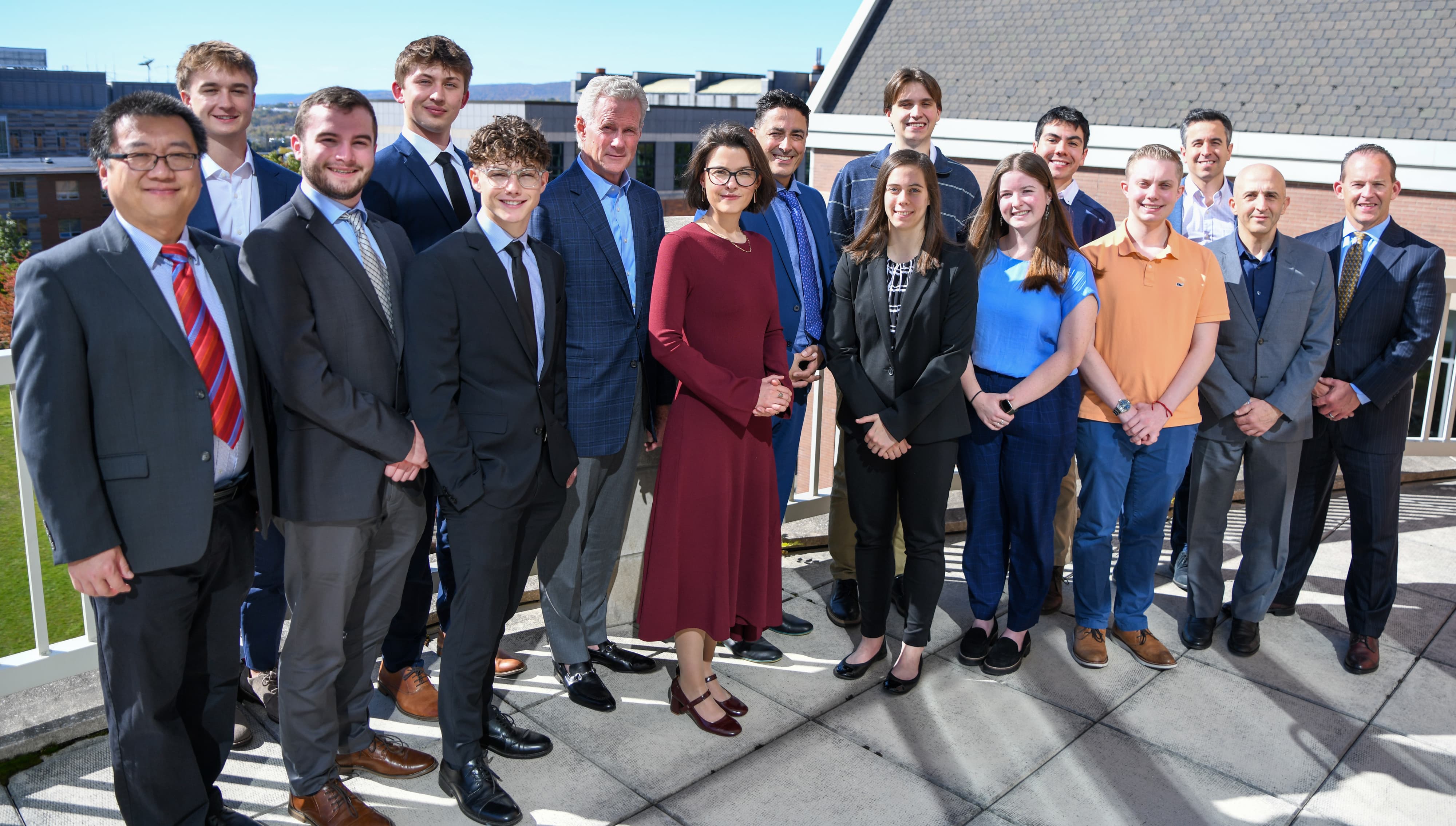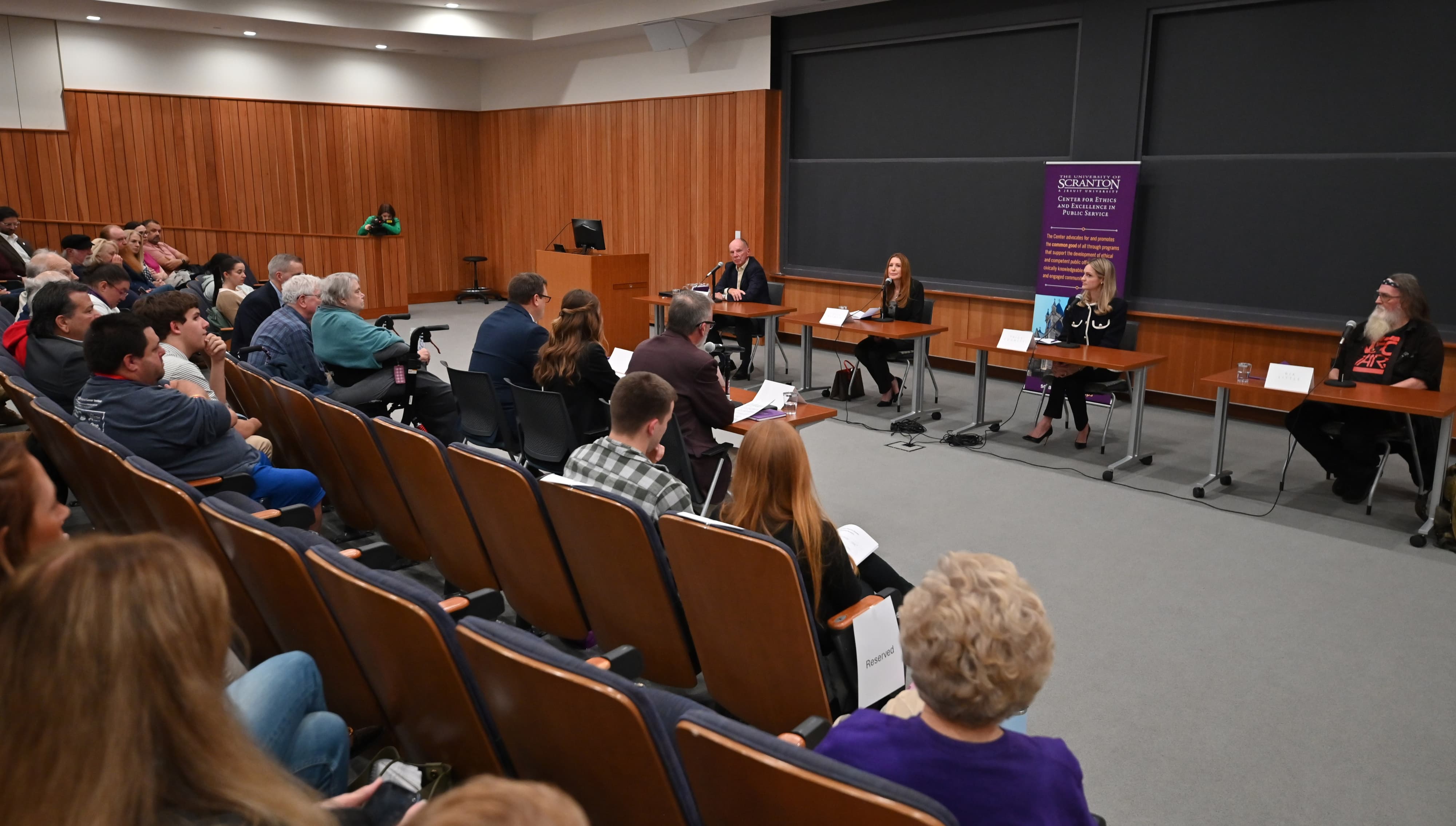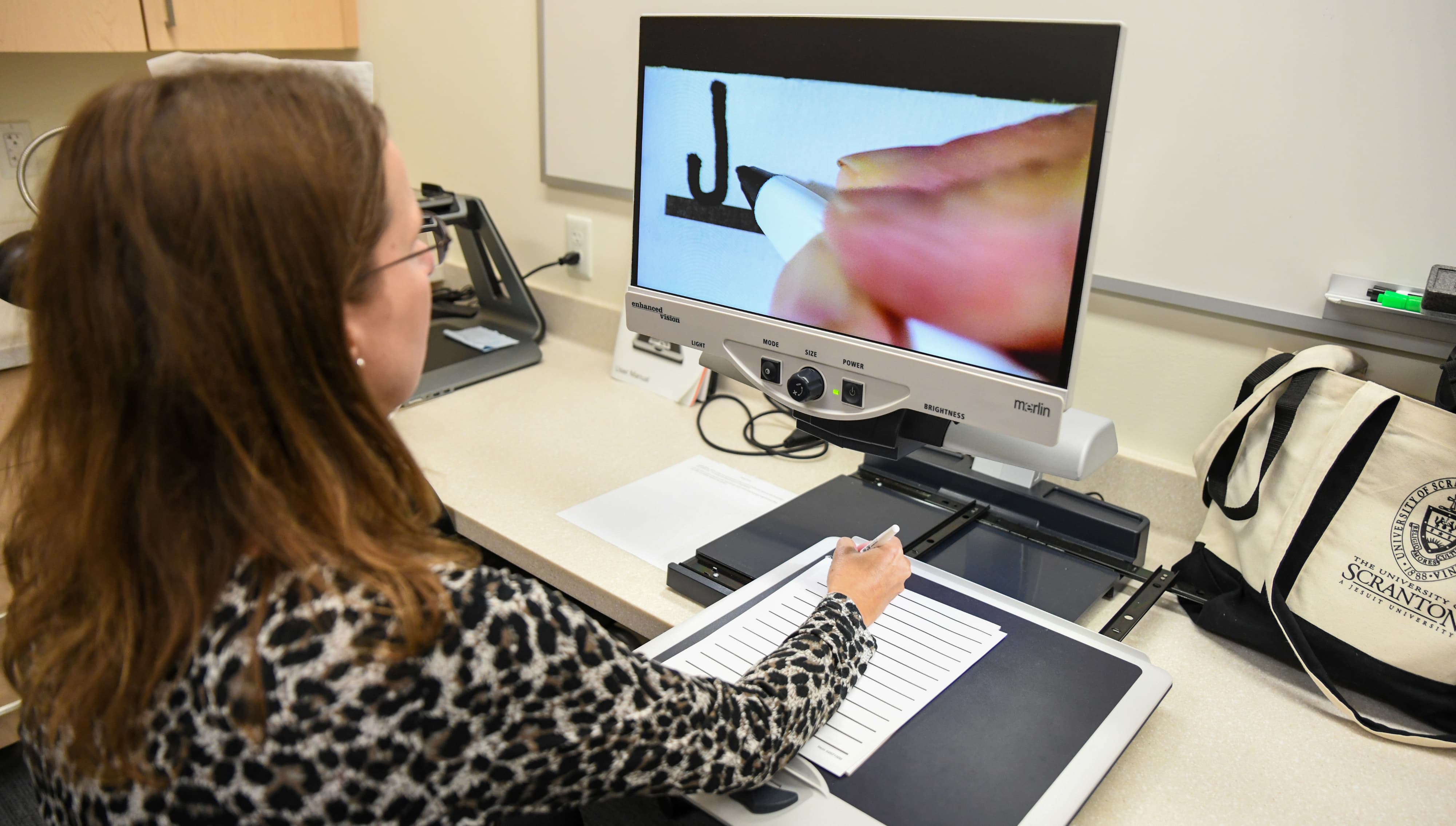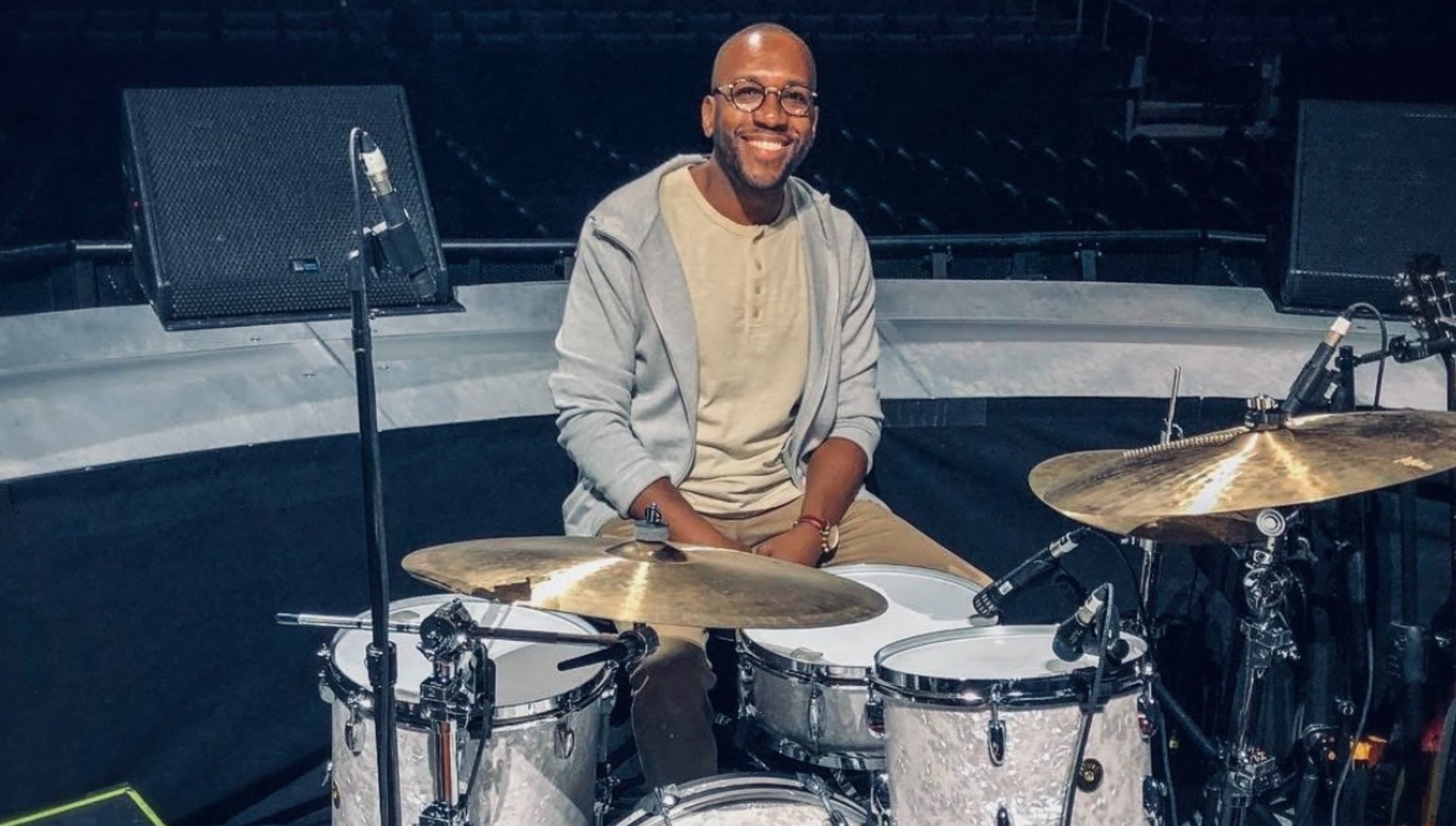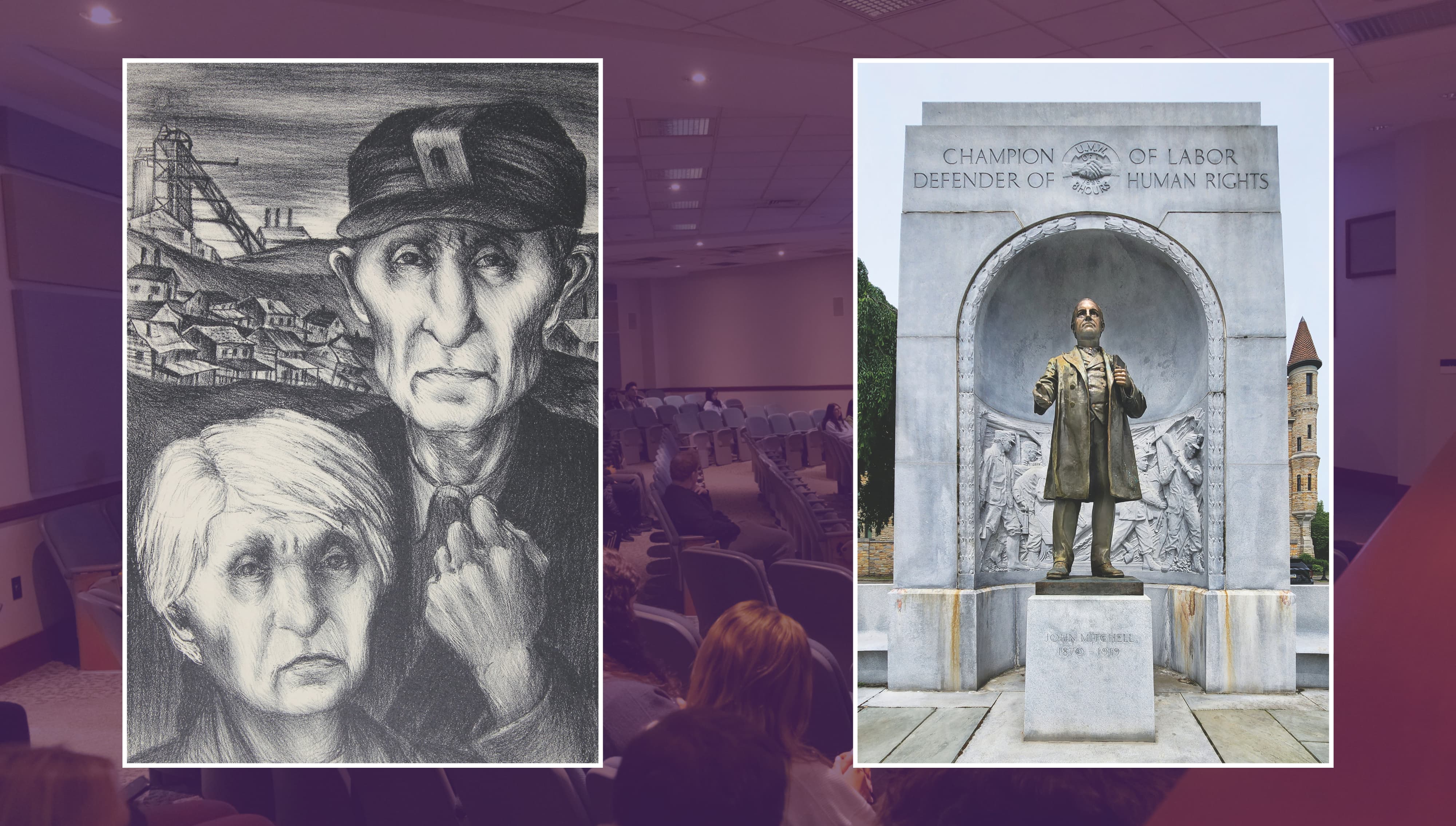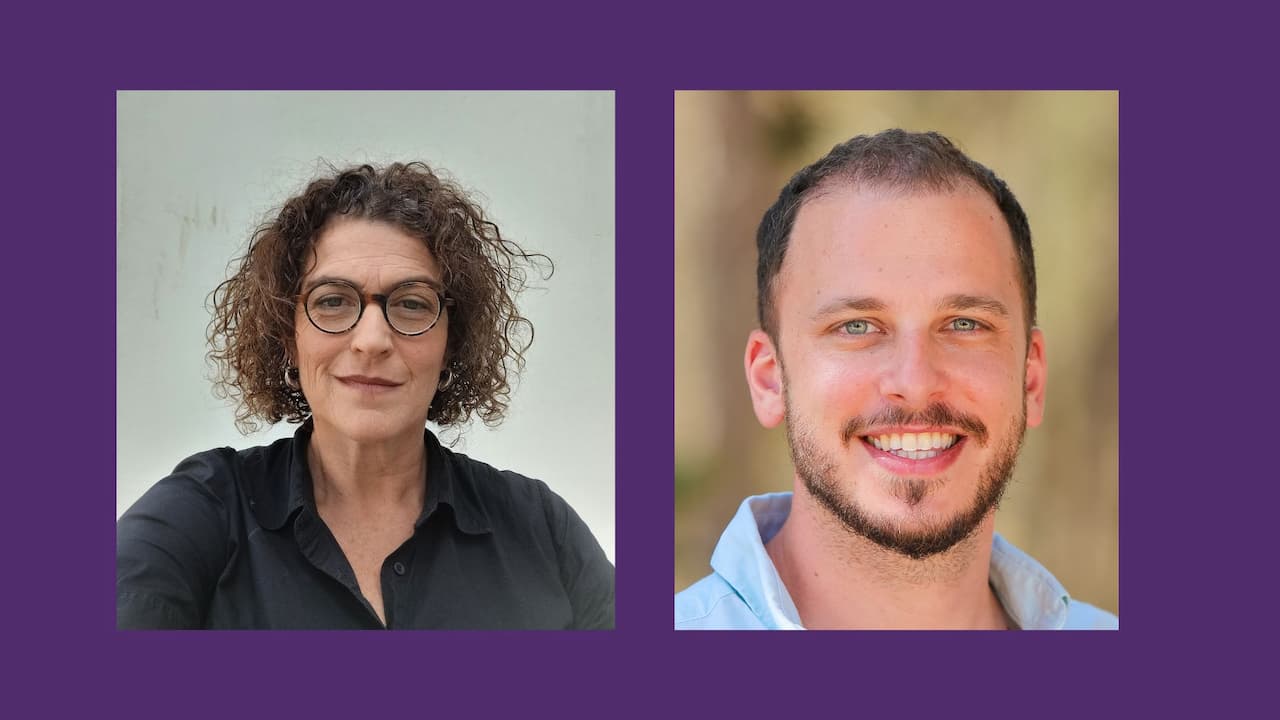
Performance Music at The University of Scranton will continue in the holiday spirit at its 24th Annual Empty Stocking Fund Benefit Concert, this year featuring the Scranton Brass Orchestra. The concert is at 7:30 p.m. on Sunday, Dec. 14, in the University’s Houlihan-McLean Center (Mulberry Street and Jefferson Avenue, downtown Scranton). The event is open to the public. Attendees are asked to bring either a new unwrapped toy, a new piece of child’s clothing or a cash donation. All donated items will directly benefit children of local families in need this holiday season via the University’s Center for Service and Social Justice.
Founded by Cheryl Boga and Hal Baillie, Ph.D., and with artistic support from Mark Gould, and now in its 13th season, Scranton Brass Orchestra is a fully professional, 27-member ensemble comprised of brass and percussion players/teachers from across the region. Since its founding in June 2011, the group’s performances have been free and open to the public and have featured nationally and internationally acclaimed guests, among them some of the most acclaimed brass players of our time. Some of the goals of the group include to provide high-level large brass ensemble performance and listening opportunities, serve as an aural and visual model to aid in the tonal and technical development of student brass players and as a professional development resource for brass performers and teachers in the region, and give participating regional brass musicians and teachers opportunities to work with and observe masters of the art of brass playing.
The Empty Stocking Fund concert traces its origins back to 1999, when Boga’s friend, Alan Drake, the former chairman of the music department at Georgia’s Augusta University, told her about a benefit Christmas concert held there. She was intrigued and Drake gave his blessing for her to bring the concept back to Scranton for the following year. For the inaugural year, she and Drake waged a friendly competition to see which concert could raise the most money. Scranton won — and an annual tradition was born.
The concert’s charitable mission makes it particularly special. The University’s Performance Music family is always moved when they see the donated items out on display the night of the concert. Meanwhile, the performance itself never fails to produce an abundance of yuletide cheer.
For those who are unable to attend the concert but would still like to drop off a toy or other donation, they will be accepted at the Houlihan-McLean Center this week (Monday, Dec. 8 through Thursday, Dec. 11) from 5:30 to 8:30 p.m. (Before the day of the concert, please use the Jefferson Avenue entrance.)
IF YOU GO:
WHAT: Annual Empty Stocking Fund Benefit Concert with the Scranton Brass Orchestra, presented by Performance Music at The University of Scranton
WHEN: Sunday, Dec. 14, 7:30 p.m.
WHERE: Houlihan-McLean Center
ADMISSION: A donation of either a new unwrapped toy, new piece of child’s clothing, new toiletry items or a cash donation, with all proceeds directly benefiting local families in need
Empty Stocking Fund Concert Sunday, Dec. 14
The annual Empty Stocking Fund Benefit Concert at The University of Scranton brings money and gifts to local families and children in need.


